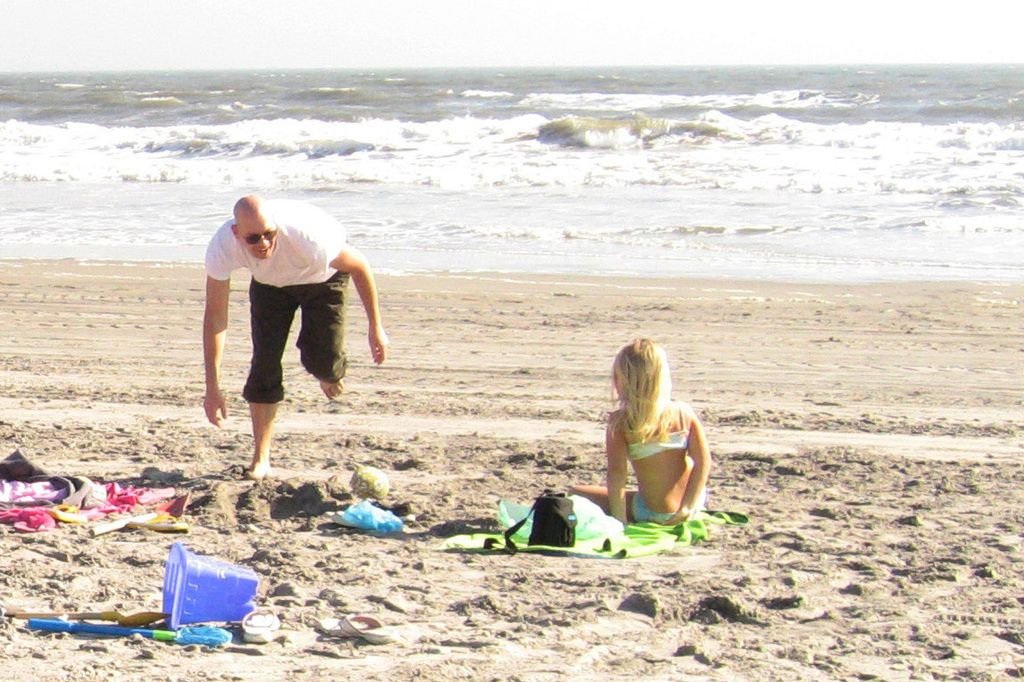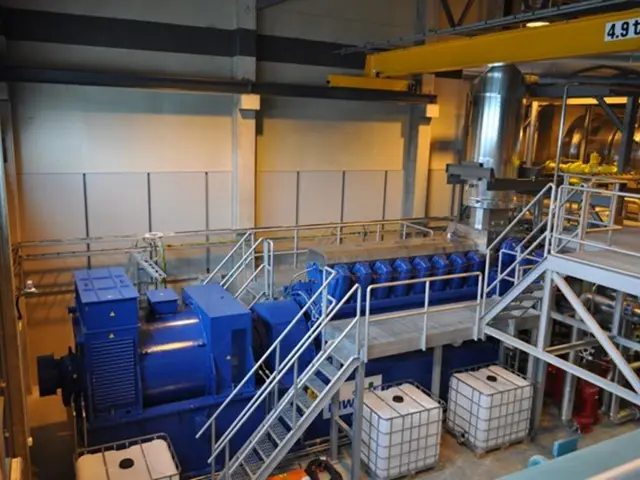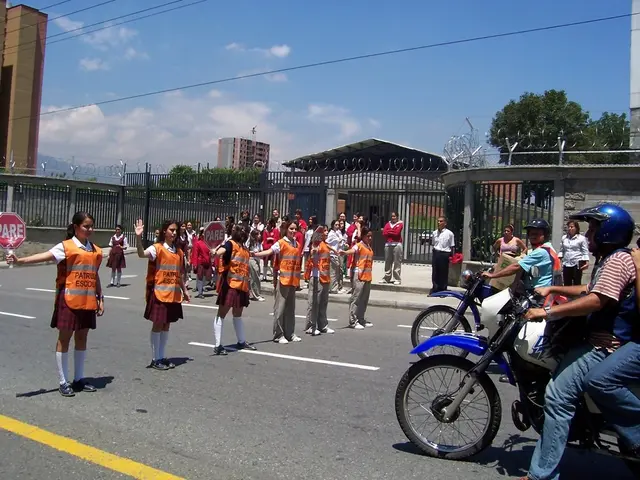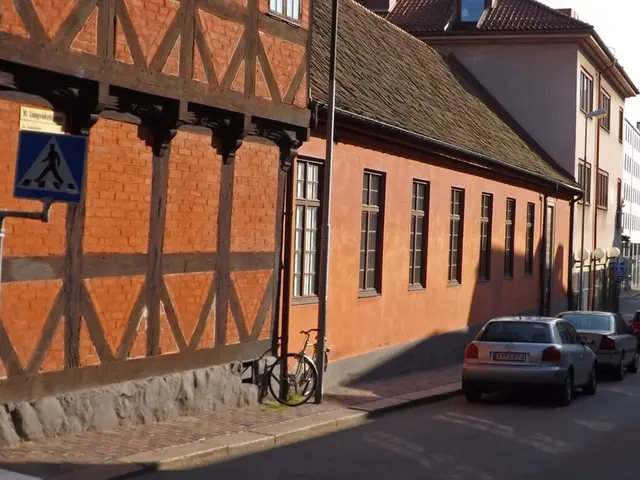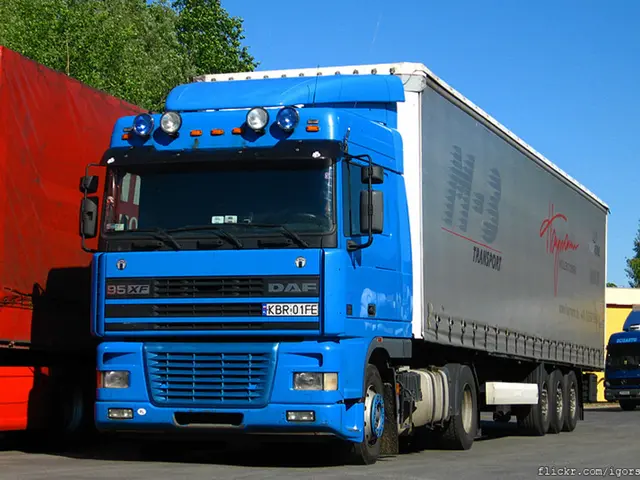Revitalized Trains Touted - Passenger Group Sounds Alarm over Potential Congestion
Revitalizing Deutsche Bahn's Long-Distance Fleet: The Younger, Faster, More Efficient Era
It's time to bid adieu to the old, the unreliable, and the cramped: Deutsche Bahn is gearing up to revamp its long-distance fleet, targeting an average age of ICE and IC trains to be reduced from 18 to 12 years by 2030, aiming for greater dependability on the rails. Yet, passenger association Pro Bahn expresses concerns about phasing out too many old trains too slowly, potentially causing a scarcity of trains on certain routes.
ICE 4 Takes Center Stage
The modernization process at Deutsche Bahn is gaining momentum. In March last year, Siemens Mobility handed over the last of a total of 137 new ICE 4 trains to DB. This is the first long-distance train equipped with bike storage facilities and features at least 444 seats per train, capable of reaching speeds of up to 265 kilometers per hour. These trains now form the backbone of the ICE fleet of the state-owned company. Since 2017, the number of ICE trains increased from around 270 to approximately 400 today.
For several years now, the delivery of the ICE 3 Neo, a revamped version of the existing ICE-3 series, has also been underway. By 2028, 90 of these trains are expected to be in operation, with 15 ICE 3 Neo being added this year and 16 next year, as DB announced recently. These vehicles feature frequency-transparent windows for improved mobile phone reception and more. The Neo is currently being used on high-speed routes between North Rhine-Westphalia and Munich via Frankfurt and Stuttgart, as well as on international connections from Frankfurt to Amsterdam and Brussels.
ICE L Delivery Hiccups
However, delivery problems persist with another new order: the ICE L from Spanish manufacturer Talgo. Despite the railway company ordering 79 trains, the first units were not expected until at least the second half of this year, with four possibly arriving as late as 2025. Optically, the vehicles resemble Intercity trains more than ICE trains.
Modernization Strategy Under Scrutiny
"The vehicle strategy of DB Fernverkehr has the clear goal of rejuvenating and modernizing the fleet to stabilize operations," the company stated. "This is working. The availability of ICE-4 and ICE-3 Neo trains is significantly higher than with older series. However, these new trains have yet to lead to more punctuality."
Passenger association Pro Bahn remains unconvinced by DB's figures. Board member Lukas Iffländer points out the perceived chaotic vehicle strategy, especially regarding the phasing out of older trains. He warns of fewer train offerings on certain routes, particularly impacting east-west connections Wiesbaden-Frankfurt-Leipzig-Dresden and Hamburg-NRW-Bonn-Frankfurt-Nuremberg-Wien.
Declining and Expanding Fleet
Specifically, DB has withdrawn 14 older ICE 3 trains of the 406 series and plans to phase out another 10 trains of the 415 series – the so-called ICE T – by the end of the year, as the company has announced. Additionally, around three dozen ICE-2 trains are expected to be phased out by the end of 2027. Recently, the company sold 17 double-decker trains of the "Intercity 2 KISS" type to the Austrian Federal Railways. These trains were originally acquired by DB to bridge delivery problems with other vehicles but have since been replaced.
It remains uncertain whether the withdrawn trains will be replaced quickly enough by the partly delayed new additions. DB acknowledges that the number of ICE trains will fluctuate in the coming years due to phase-outs and the influx of new trains, yet it maintains that the number will remain at a comparable level in the long term, with increasing seating capacity. Iffländer, however, remains skeptical about this.
Meanwhile, the competition heats up, with Flixtrain announcing a major train offensive, ordering around 30 new high-speed trains from Spanish manufacturer Talgo. The cost of this package, including maintenance, could reach up to 2.4 billion euros. It is still unclear when these trains will be delivered.
[1] Solar Panels and Electric Car Batteries Help DB Railway Cut CO2 Emissions[2] Deutsche Bahn Taps into Solar Power for Long-Distance Trains
- The modernization strategy in the transportation industry, as implemented by Deutsche Bahn, extends to various sectors, including finance, with the company investing significantly in both purchasing new ICE trains (industry) and divesting older ones to reduce carbon emissions.
- As Deutsche Bahn expands its fleet with more efficient ICE trains in the long-distance sector, the finance sector must also support the necessary investments to ensure the company can maintain and upgrade its trains, fostering growth not only in the transportation industry but also in areas such as renewable energy (solar panels and electric cars).
